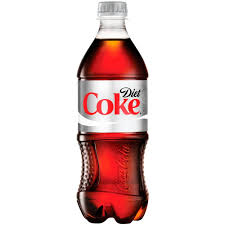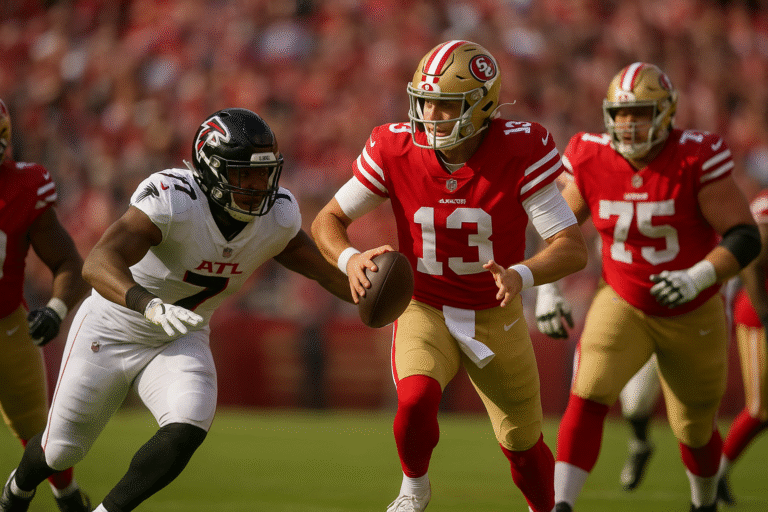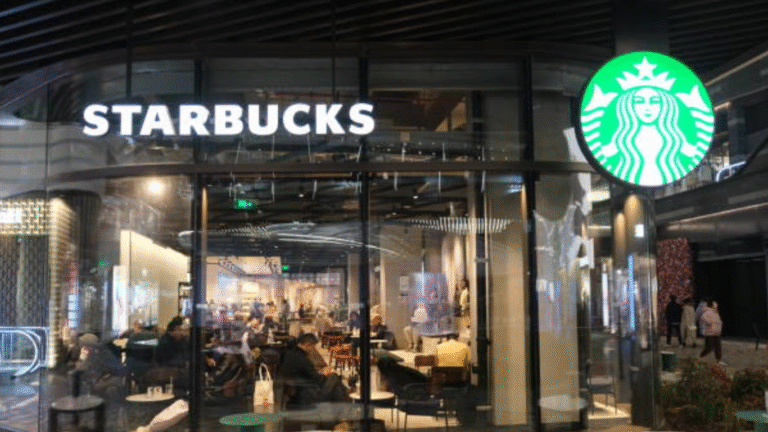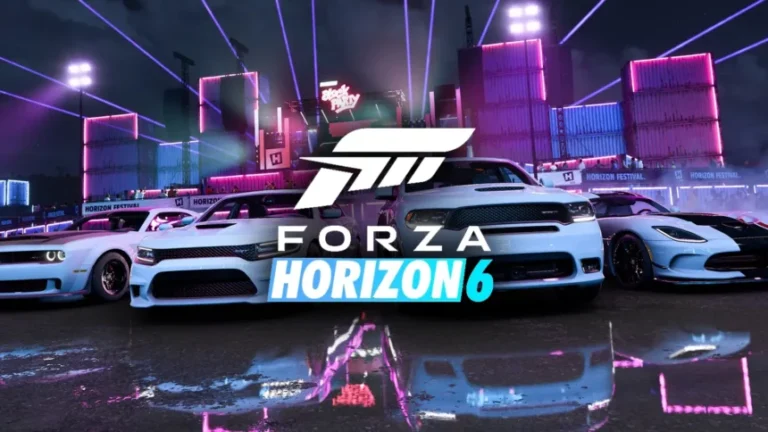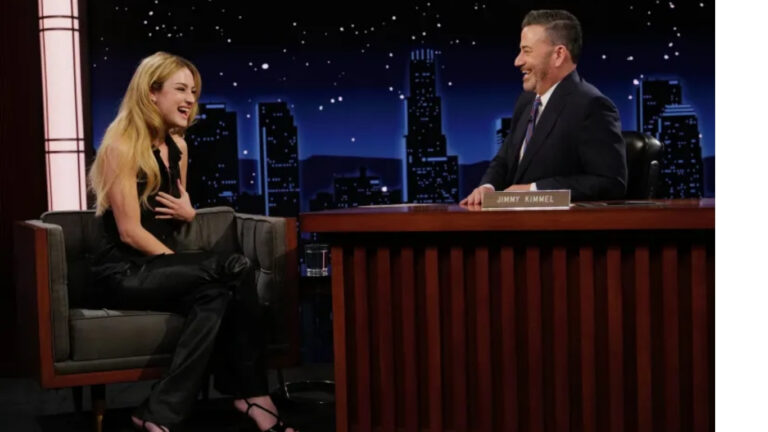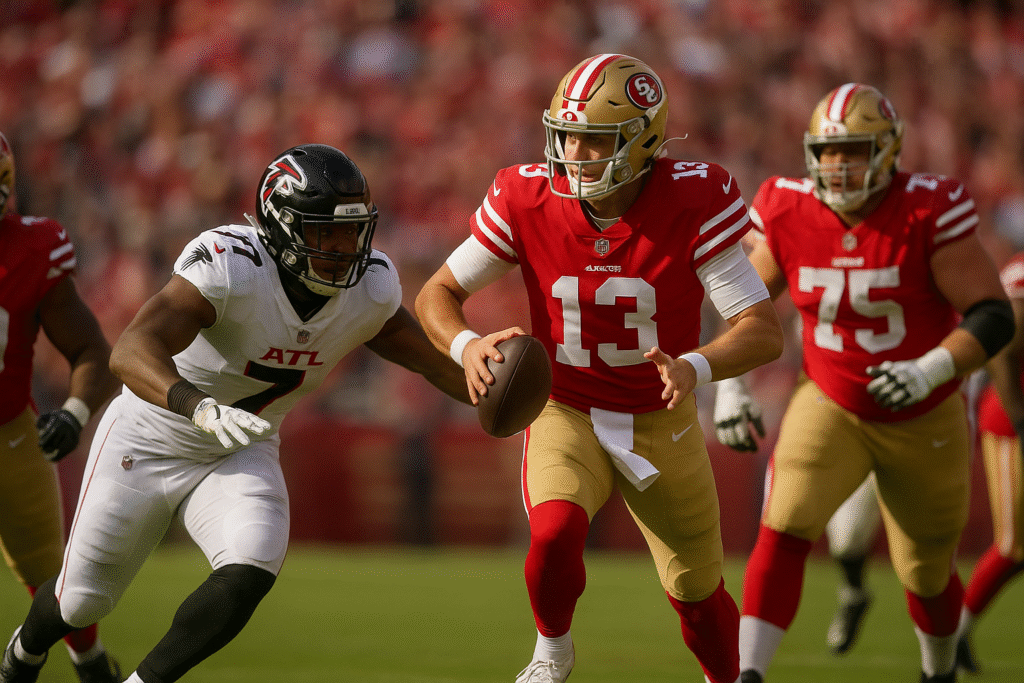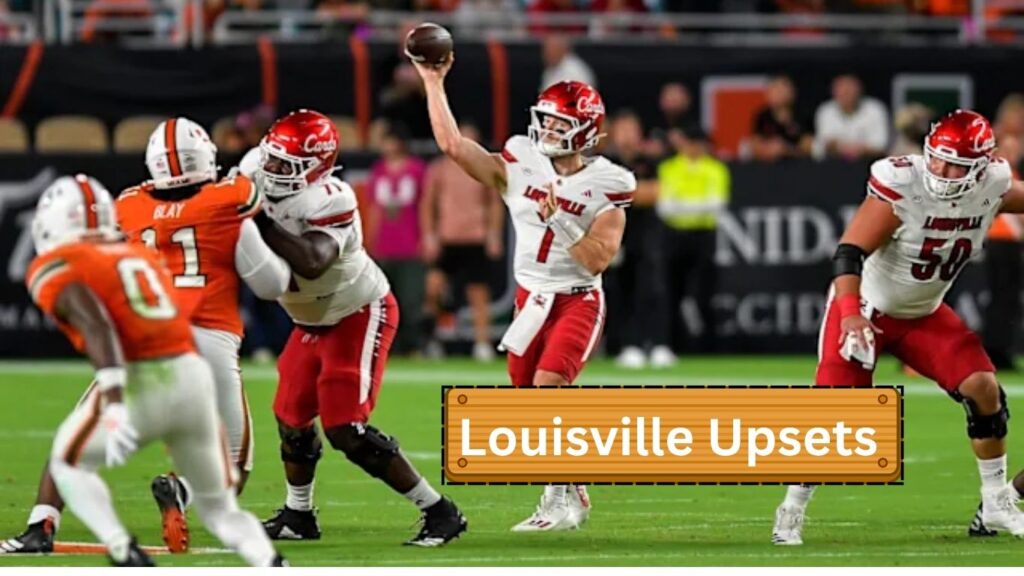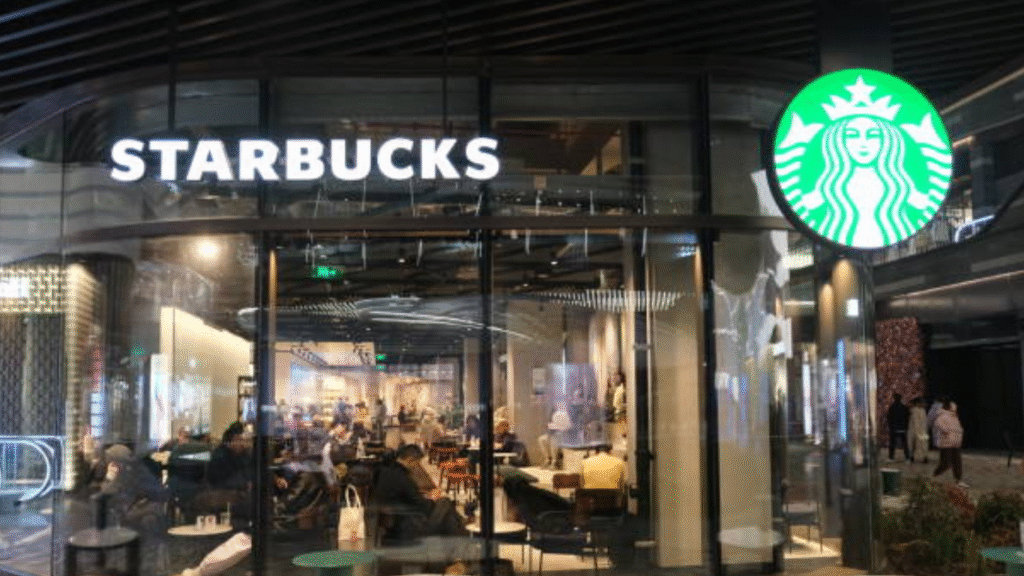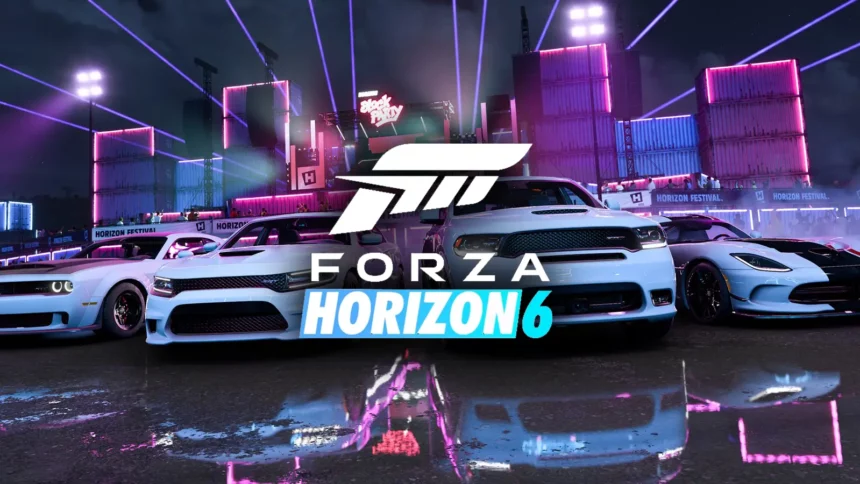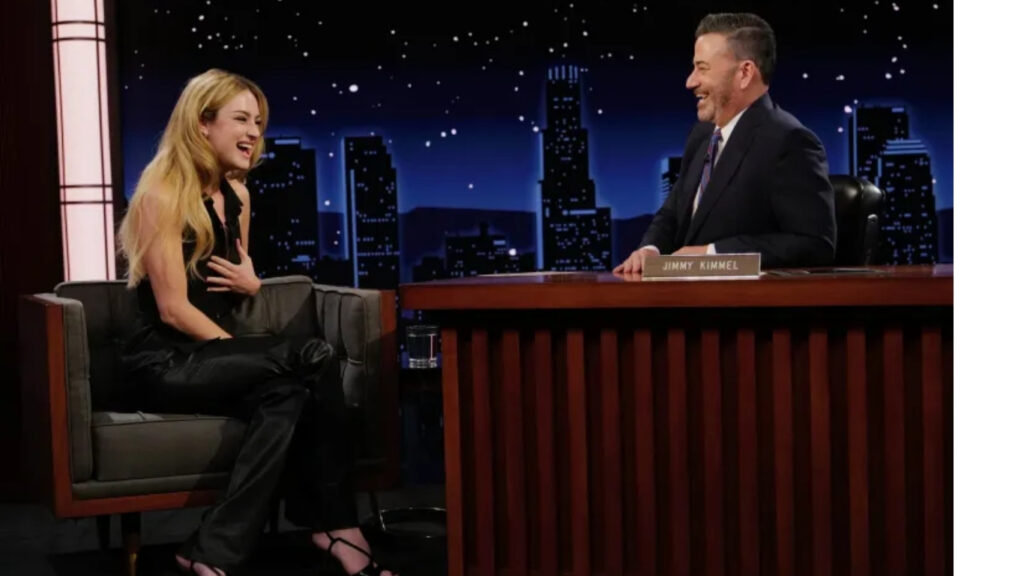After years of dipping popularity, Diet Coke is bubbling back into the spotlight and it’s not just soda enthusiasts who’ve taken notice. From supermarket shelves to social media chatter, the iconic zero-calorie beverage is enjoying a resurgence in the U.S., marking a nostalgic and strategic revival after nearly four years of stagnation. The revival of Diet Coke is more than just a product update it’s a case study in brand resilience, evolving consumer tastes, and strategic market positioning.
A Brief Look Back: The Diet Coke Decline
Once a staple in American refrigerators, Diet Coke saw its heyday in the late 1990s and early 2000s. For years, it was the go-to drink for those wanting a soda fix without the calories. But changing health trends, the rise of flavored seltzers, and concerns over artificial sweeteners led to a significant decline in its popularity. Many consumers shifted to alternatives marketed as more “natural” or sugar-free without using artificial ingredients like aspartame.
In the past four years, Diet Coke faded further into the background, its identity becoming somewhat blurred amid a wave of zero-sugar innovations and competitors entering the market. Sales figures reflected this trend, and for a while, it seemed like the once-dominant soda might quietly disappear from relevance.
The Revival: Why Now?
The reemergence of Diet Coke in 2025 is not by accident, it’s a calculated move rooted in changing consumer psychology and a deep dive into what younger and nostalgic buyers want. With Gen Z and millennials often driving digital conversations, brands have realized that nostalgia, brand familiarity, and cleaner branding can go a long way.
Diet Coke’s return comes with a subtle yet sharp marketing repositioning. While it still holds on to its classic taste and calorie-free identity, it’s now being presented with modern packaging tweaks and a renewed brand tone that appeals to a broader audience. The goal? Reclaim loyalty from longtime fans while intriguing a new generation that might have dismissed the beverage in favor of trendier options.
What’s Fueling the Buzz?
Several factors are contributing to the massive buzz around Diet Coke’s comeback:
- Nostalgia-Fueled Demand
After years of wellness trends pushing away anything artificial, there’s a countercurrent emerging: people want comfort. Familiarity sells, and Diet Coke represents a throwback to simpler times for many. Consumers are gravitating toward what they know and trust, especially as the world grows more complex. - Clean Branding and Product Simplicity
In contrast to some overly complex, flavor-bursting drinks, Diet Coke has maintained its minimalist, sleek presence. That simplicity is suddenly appealing again. In an age of over-choice, fewer ingredients and a straightforward promise zero calories with a crisp taste stand out. - Cultural Curiosity
The internet has exploded with reactions to Diet Coke’s return, not just as a drink but as a cultural artifact. Memes, trending hashtags, and cheeky references have made their way into daily conversation, turning a soda brand into a pop-culture talking point. - Subtle Formula Improvements
While the core recipe hasn’t drastically changed, small adjustments in carbonation levels, taste calibration, and can design are all part of the resurgence playbook. These tweaks make the drink feel both familiar and fresh.
Health Trends vs. Consumer Habits
Interestingly, Diet Coke’s comeback coincides with an evolving health conversation. While people are still attentive to sugar intake and weight management, there’s growing flexibility around what defines a “healthy” choice. Zero-sugar sodas like Diet Coke are once again being seen as acceptable indulgences, especially when compared to high-sugar energy drinks or full-calorie sodas.
Furthermore, with intermittent fasting and calorie-tracking apps becoming more mainstream, Diet Coke offers a way to feel satisfied between meals without breaking a fast or consuming added sugars. It fits into many popular lifestyle frameworks whether that’s keto, low-carb, or simply calorie-conscious living.
Why Tech and Food Trends Intersect Here
You might wonder: Why is a tech blog covering Diet Coke? Because this isn’t just about soda—it’s about how brands leverage data, digital sentiment, and consumer psychology to drive comebacks in a competitive market. Here are a few key insights into how this comeback reflects broader tech-driven trends:
- Sentiment Analysis: Major brands monitor online buzz using AI tools that analyze tone, engagement, and trending topics. Diet Coke’s reintroduction strategy likely leaned heavily on this kind of analysis.
- Smart Product Distribution: Modern supply chains, integrated with predictive analytics, allow for targeted regional rollouts and retail optimization. Diet Coke’s reappearance in select markets first shows signs of this intelligent distribution.
- Digital-First Branding: The refreshed brand identity is built for social sharing. The can design, product shots, and taglines are crafted to look good on camera, in memes, and across digital campaigns, crucial in the age of visual-first marketing.
- AI-Driven Packaging Design: It’s increasingly common for brands to use machine learning to test and refine packaging aesthetics. Eye-tracking studies, color preference testing, and even virtual focus groups help inform every design decision.
Challenges Ahead
While the comeback is getting attention now, maintaining momentum will be the real test. The beverage space is saturated with health-conscious, sustainability-focused competitors. Diet Coke will need to do more than lean on nostalgia it must also stay relevant.
Ongoing concerns about artificial sweeteners, questions about ingredient transparency, and changing sustainability expectations (such as recyclable packaging) will all play into how long this revival lasts. Consumers today are hyper-aware of what they consume, and brands must maintain high standards to stay in favor.
What This Means for Other Legacy Brands
Diet Coke’s return could set a precedent. Brands that once held dominant positions but faded amid newer competition may now consider relaunch strategies. From breakfast cereals to classic snack foods, we may soon see a wave of revivals designed for the digitally driven marketplace.
It’s a reminder that legacy doesn’t have to mean outdated. With the right data, design, and digital engagement, even older brands can become relevant again.
The Comeback Is Real, and It’s Just Getting Started
The buzz around Diet Coke in 2025 isn’t just about a drink, it’s about a legacy brand reclaiming its voice in a market driven by innovation, personalization, and nostalgia. As the U.S. leans into a craving for familiar flavors with a modern twist, Diet Coke is finding a new groove in the cultural conversation.
Whether this revival becomes a lasting chapter or a temporary headline depends on how the brand evolves with consumer expectations. But for now, one thing’s clear: the fizz is back and the fans are here for it.

